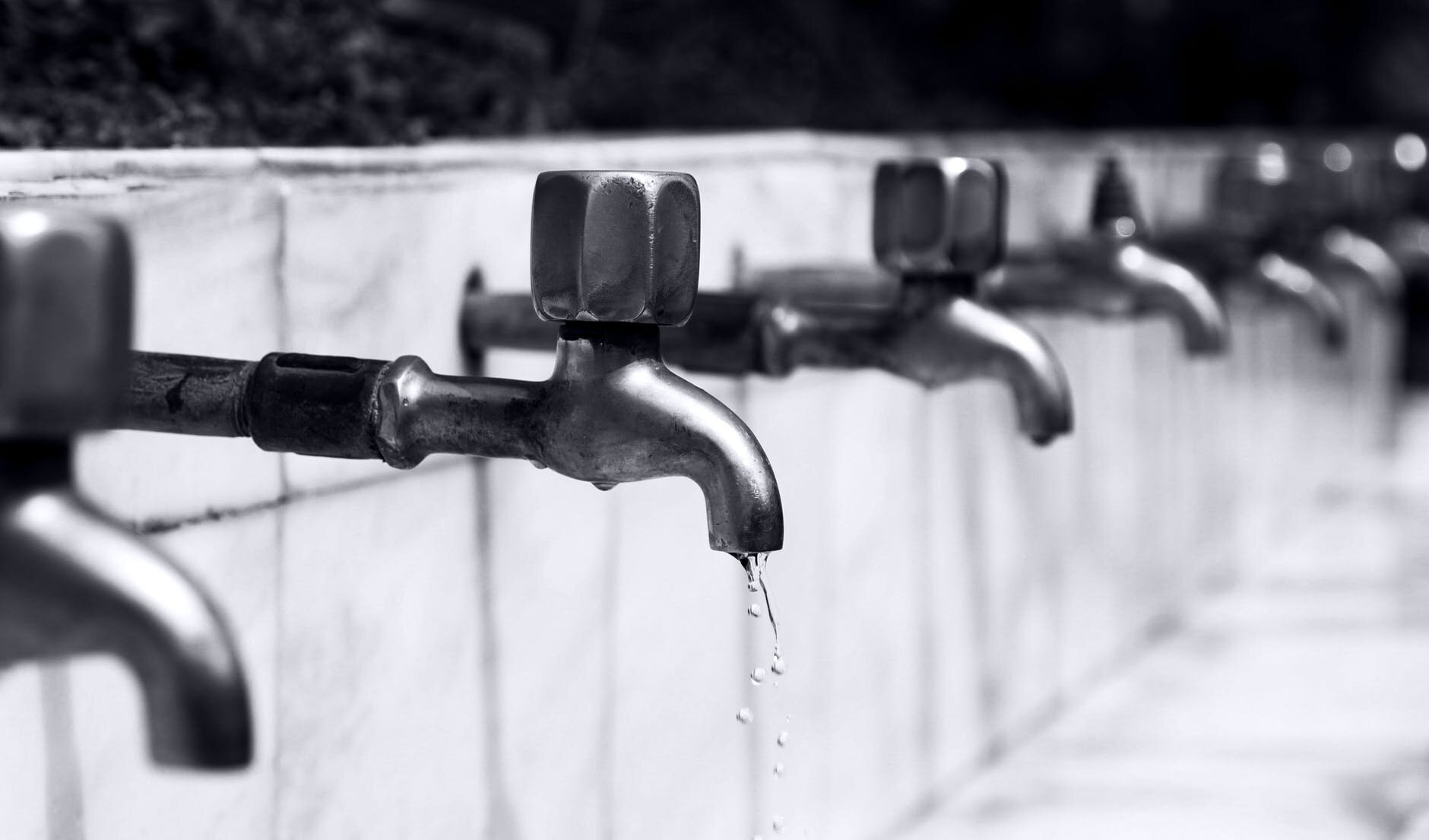
Lead Awareness.
Lead Service Line Inventory.
The City of Hamilton's interactive lead service line map is now available. The map provides our residents with the best available data to communicate the identification of both the customer-owned and utility-owned portion of the water service line. The map will be regularly updated as more information becomes available.
The City of Hamilton maintains compliance with current regulations established by the Environmental Protection Agency (EPA), regarding identification and verification of the water system for lead service lines. Historically, testing results for lead throughout the water system are below EPA limits.
New regulations by the Ohio EPA have focused on public notification and awareness, related to lead in water; and this web-page is intended to provide customers with helpful resources. The City of Hamilton remains committed to providing customers with safe and high quality drinking water. For questions regarding lead, please call 513-785-7430.
FAQs
Background on Lead
Lead does not occur naturally in water. Lead may be leached into water from internal plumbing fixtures, lead-based solder, and service lines. When water is more corrosive, the easier for water to leach lead from service lines.
Buildings built before 1986 are considered more likely to have lead-based plumbing materials, based on Safe Drinking Water Act amendments and Ohio Plumbing Code changes beginning in 1986 which initiated efforts to prohibit the use of lead-containing plumbing materials in new or replacement lines.
What are the Sources of Lead in Drinking Water?
Stability of the water - the City’s water is stable, and consistently meets strict OEPA requirements related to corrosivity.
Disturbances (cutting, grinding, soldering, etc.) in older water supply/service lines where lead piping, fittings, valves, or lead containing solder was used.
Is there lead in Hamilton’s Drinking Water?
There is no known detectable level of lead in the City of Hamilton’s drinking water prior to the treated water entering the distribution system
What Steps can Customers take to Reduce their Exposure to Lead?
Flush your water. Before drinking or cooking, flush COLD tap water for at least (1) minute, particularly if the water has been idle for several hours. When a plumbing system is idle for several hours, the risk of lead entering the water increases.
Do NOT drink or cook with hot water directly from the tap, especially when preparing baby formula. Also note, boiling water does not remove lead.
Determine if your home/building is served by a LSL - by hiring a licensed plumber to inspect your service line and internal plumbing materials. LSLs can also be identified using a scratch test. Using a key or coin, lightly scratch the incoming service line (near your meter). LSL are generally dull gray in color, and soft. If the line is lead, the scratched area will turn a silver color.
What are the Risks of Lead Exposure?
Adverse health effects when ingested or inhaled - may delay physical & mental development.
Pregnant women, infants and children are at the greatest risk.
Long-term exposure can impact blood pressure and kidney function
For more general information about lead risks, consult U.S. EPA’s website on lead (https://www.epa.gov/lead)
Where to get Additional Health Information?
Info is available through the City's Health Department, by calling 513-785-7080. You may also contact your primary care physician. For information on Childhood Lead Poisoning, visit the Ohio Department of Health's website here.
What Current City Efforts are Underway?
The City performs routine sampling for lead throughout the City, as required by the Ohio EPA - customers may view the results in the annual Consumer Confidence Report.
Known lead service lines (LSL) owned by the City are currently replaced when the City replaces the water main that connects to the LSL. Under new Ohio EPA rules, if the action level were to be exceeded during the City’s monitoring period for lead, and the City was not able to reduce the corrosivity of the water through remedial efforts, replacement of LSL would then be mandated at a rate of at least 7% of the LSL yearly.
City encourages customers to replace privately-owned LSL’s - the City will assist with coordination of replacement of private LSL during the City’s water main projects. Private LSL replacement cost is the responsibility of the owner. Customers who suspect their private service lines may contain lead can have the lines inspected/tested by a licensed plumber. A list of certified plumbing contractors in the City can be found here.
City will offer customers a water pitcher and filter cartridges for filtering lead from drinking faucets during water main replacement projects in areas of the City where the main connects to service lines that contain, or are likely to contain, lead
What are my Responsibilities as a Home Owner?
See image below for a depiction of a typical ownership of water service lines:
The section of the water service from curb valve to the building/residence is owned and maintained by the property owner in accordance with City Ordinance 939.09. Please be advised that the water meter and metering equipment are owned by the City of Hamilton. As part of water main replacements, the City’s policy is to also replace the public (City-owned) portion of the water service lines that connect to the water main, up to and including the curb valve (if necessary). The curb valve is usually located within a couple feet of the curb or, if there is no curb, just inside the right-of-way or easement.

